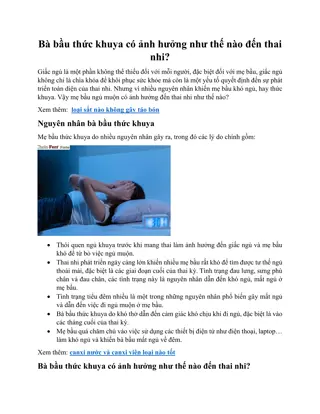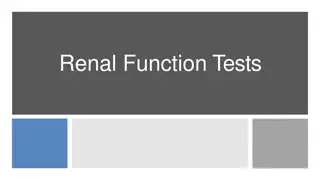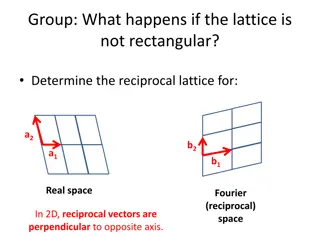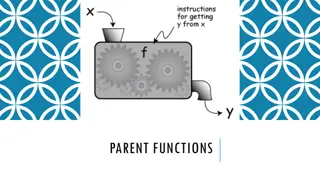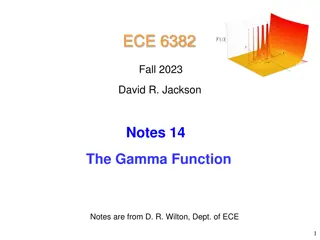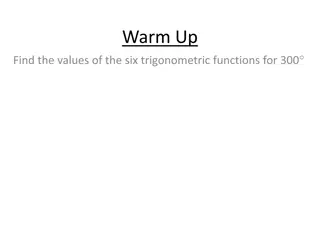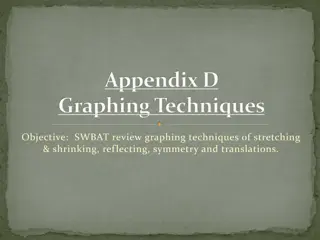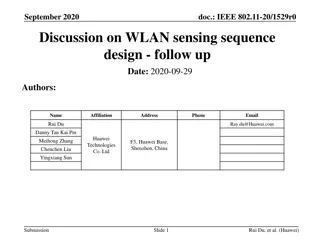The reciprocal function
The reciprocal function, learn how to sketch it, identify domain and range, and find horizontal and vertical asymptotes. Explore the effects of changing constants on the graph.
Download Presentation

Please find below an Image/Link to download the presentation.
The content on the website is provided AS IS for your information and personal use only. It may not be sold, licensed, or shared on other websites without obtaining consent from the author.If you encounter any issues during the download, it is possible that the publisher has removed the file from their server.
You are allowed to download the files provided on this website for personal or commercial use, subject to the condition that they are used lawfully. All files are the property of their respective owners.
The content on the website is provided AS IS for your information and personal use only. It may not be sold, licensed, or shared on other websites without obtaining consent from the author.
E N D
Presentation Transcript
16 February 2025 The reciprocal function LO: Sketch the reciprocal function stating the Domain and Range, equations of Horizontal and Vertical asymptotes. www.mathssupport.org www.mathssupport.org
The reciprocal of a number The reciprocal of a number is 1 divided by that number. For example The reciprocal of 2 is 1 1 2 2 is 4 The reciprocal of 1 1 1 = 4 1 4 4 is 4 The reciprocal of 3 1 3 3 4 4 The reciprocal of 7 1 7 is 9 9 9 7 Taking the reciprocal of a fraction turns it upside down www.mathssupport.org www.mathssupport.org
The reciprocal of a number In general: The reciprocal of a x is 1 divided by x, which is 1 ?. A number multiplied by its reciprocal equals 1 x 1 Example: ? = 1 Find the reciprocal of 21 7 15 7 7 15 Write as an improper fraction Turn it upside down www.mathssupport.org www.mathssupport.org
The reciprocal function The reciprocal function is ? ? =? Where k is a constant ? ? ? =1 Lets draw the graph of the function when k = 1 ? 1 2 1 1 4 1 2 x 4 - 1 1 1 x y 2 f(x) -1 -2 4 1 -4 = y 4 Notice that the curve gets closer and closer to the x- and y-axes but never touches them. The x- and y-axes form asymptotes. 2 1 0 -1 - - 1 -1 -2 x -4 If a curve gets continually closer to a straight line, the straight line is called an asymptote. You can draw a dashed line to indicate the asymptotes. This is a reciprocal function The graph of a reciprocal function is called a rectangular hyperbola. www.mathssupport.org www.mathssupport.org
The reciprocal function We are going to investigate the effect of changing the value of k. Use your GDC to draw the graph of: ? ? =1 ? ? ? =2 ? =3 ? ? What is the effect of changing the value of k The graph is vertical stretched The value of k indicates the scale factor of the vertical stretch www.mathssupport.org www.mathssupport.org
The reciprocal function We are going to investigate the effect of changing the sign of k. Use your GDC to draw the graph of: ? ? = 1 ? ? ? = 2 ? = 3 ? ? What is the effect of changing the sign of k The graph is reflected over the x-axis www.mathssupport.org www.mathssupport.org
? =? The graph of ? ? ? =4 Complete the table for x 0.25 ? 0.4 0.5 1 2 10 4 8 16 10 16 8 4 2 1 0.4 0.5 0.25 What do you notice about the values of x and f(x) in the table? The top and bottom rows of the table contain the same numbers but in reverse order. y 16 14 12 10 8 If we reflect the graph in the line y = x What do you notice? The function reflects onto itself. What does this tell you about the inverse function? It is a self-inverse function. 6 4 2 x 0 2 12 14 16 6 4 8 10 www.mathssupport.org www.mathssupport.org
? =? The graph of ? What if we take negative values of x? -10 -4 -2 -0.4 -0.25 -8 -16 0.4 -1 0.5 -0.5 4 0 8 0.25 1 2 10 16 ? -0.25 -0.4 ? -1 -2 -10 -0.5 -16 10 -4 8 -8 1 und 0.5 16 4 2 0.4 0.25 y What do you notice? The curves get closer and closer to the axes but never actually touch or cross them The axes are asymptotes to the graph Domain Range y 0 16 14 12 10 8 6 4 2 0 -2 2 4 6 8 10 12 14 16 -16 -14 -12 -10 -8 -6 -4 -2 x -4 x 0 -6 -8 -10 -12 -14 -16 www.mathssupport.org www.mathssupport.org
The reciprocal function Summarising: The graph of the reciprocal function is called rectangular hyperbola The x-axis is the horizontal asymptote. The y-axis is the vertical asymptote. Both the domain and range are all the real numbers except zero. y The y-axis is an asymptote 4 y = x and y = -x are lines of symmetry for this function 2 1 0 - 1 -1 - -1 -2 x The two separate parts of the graph are reflections of each other in y = -x The x-axis is an asymptote -4 www.mathssupport.org www.mathssupport.org
Thank you for using resources from A close up of a cage Description automatically generated For more resources visit our website https://www.mathssupport.org If you have a special request, drop us an email info@mathssupport.org www.mathssupport.org www.mathssupport.org









